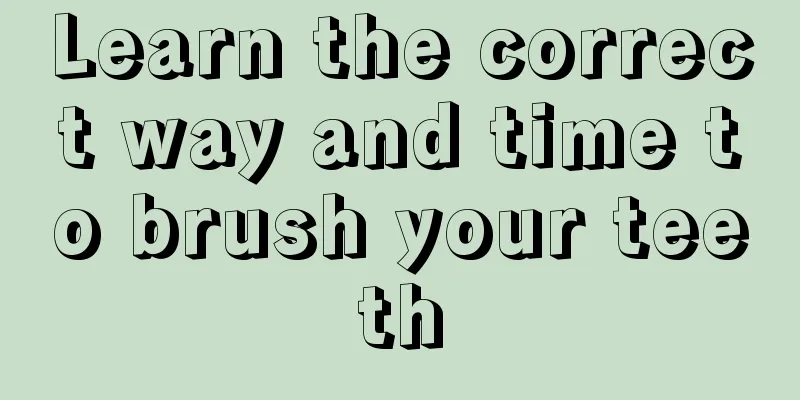Indications and contraindications for sputum suction

|
Suctioning refers to the process of sucking out secretions from the respiratory tract through the oral, nasal or artificial airway. This can ensure that the patient can breathe smoothly, avoid aspiration pneumonia, and prevent the patient from experiencing respiratory distress or even suffocation. This is a common treatment method for some comatose patients or some elderly people. Let's take a look at this aspect below. Indications for suctioning: Suctioning is suitable for critically ill, elderly, comatose and post-anesthetized patients who have difficulty breathing due to weak cough, slow cough reflex or epiglottis dysfunction, and are unable to clear respiratory secretions on their own or have aspirated vomit. In emergency situations where the patient is suffocating, such as drowning, inhalation of amniotic fluid, etc., suctioning should be used immediately. Preparation for suctioning: 1. Prepare the following items: 1 electric suction device The treatment tray contains sterile saline, two covered jars (or disposable suction tubes), cotton swabs, tweezers, a curved tray, gauze, and a treatment towel. If necessary, a tongue depressor, a tongue opener, a tongue puller, a multi-head electric power strip, etc. 2. Prepare all the supplies and bring them to the bedside, explaining the procedures to the patient to gain cooperation. Key points of suctioning: 1. Connect the power supply, turn on the switch, and check whether the suction device is in good condition. 2. The operator wears gloves and checks whether the suction tube is unobstructed. 3. Turn the patient's head to one side. For the unconscious patient, use a tongue depressor or tongue opener to open the tongue. Fold the end of the catheter and insert the suction tube from the cheek to the pharynx. When the patient inhales, insert the suction tube into the trachea. If oral suction is difficult, insert the tube from the nasal cavity. For those with tracheotomy or endotracheal intubation, insert the tube directly. When suctioning, be gentle, pull up from the deep, rotate left and right, and repeat until it is completely suctioned. When the catheter is inserted to a certain depth, immediately release the folded part of the catheter and perform sputum suction. 4. Each time the catheter is inserted and suctioned, the time should not exceed 15 seconds to avoid hypoxia. After the catheter is withdrawn, it should be suctioned and flushed with saline to prevent the catheter from being blocked by sputum. Supplies Treatment tray: several suction tubes of appropriate thickness, a glass T-tube (connecting the suction tube and the aspirator catheter), several pieces of gauze, cotton swabs, a tongue depressor, an opener, a treatment bowl filled with saline or warm water, tweezers, and a curved tray. |
<<: Can I eat lychees while exercising
Recommend
What medicine should I take for excessive eye mucus
When there is a lot of eye mucus, most people thi...
There is a protruding bone under the ankle
The phenomenon of a protruding bone under the ank...
Why do my nails become thicker after I cut them?
Although nails occupy a very small area in the hu...
What should I do if I get stung by a bee
Honey is a common food in our daily life. Honey h...
What are the benefits of independent thinking
As humans, we are advanced animals with the abili...
What happens if there is a lump on the gum?
The basis for tooth growth is the gums. Although ...
Is liver cancer contagious?
Is liver cancer contagious? Liver cancer is not c...
How to make thick and hard hair soft
Thick and hard hair is generally caused by congen...
Who should not eat hibiscus flowers
I believe that many people do not know that hibis...
What is the reason for sunken temples
Many people observe their faces in daily life and...
Muscular dystrophy classification
Muscular dystrophy, as the name suggests, refers ...
Braised pork with sweet potato flour
Many people think that sweet potato flour is actu...
Do you know the symptoms of colon cancer!
Intestinal cancer is usually asymptomatic in the ...
What are the symptoms and treatment measures of internal heat
Most patients with internal heat in the body will...
What are the symptoms and causes of preexcitation syndrome?
The heart is an important organ in the human body...









